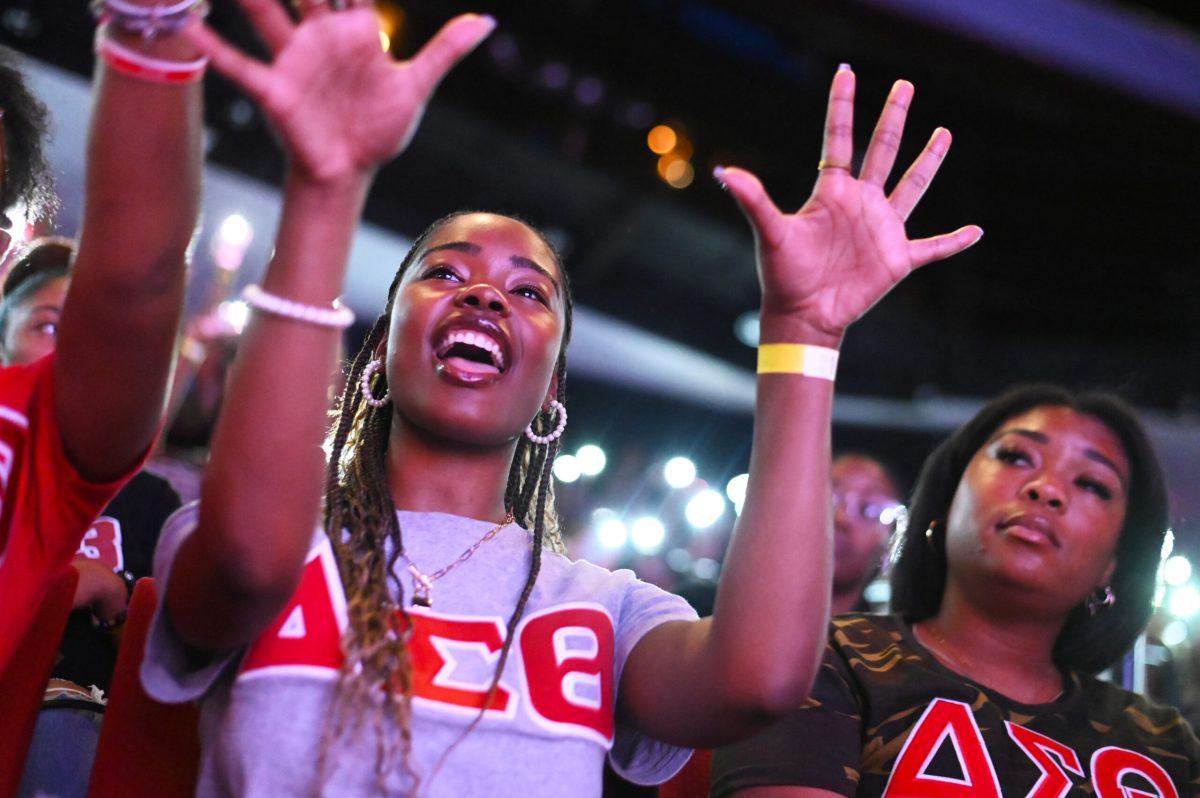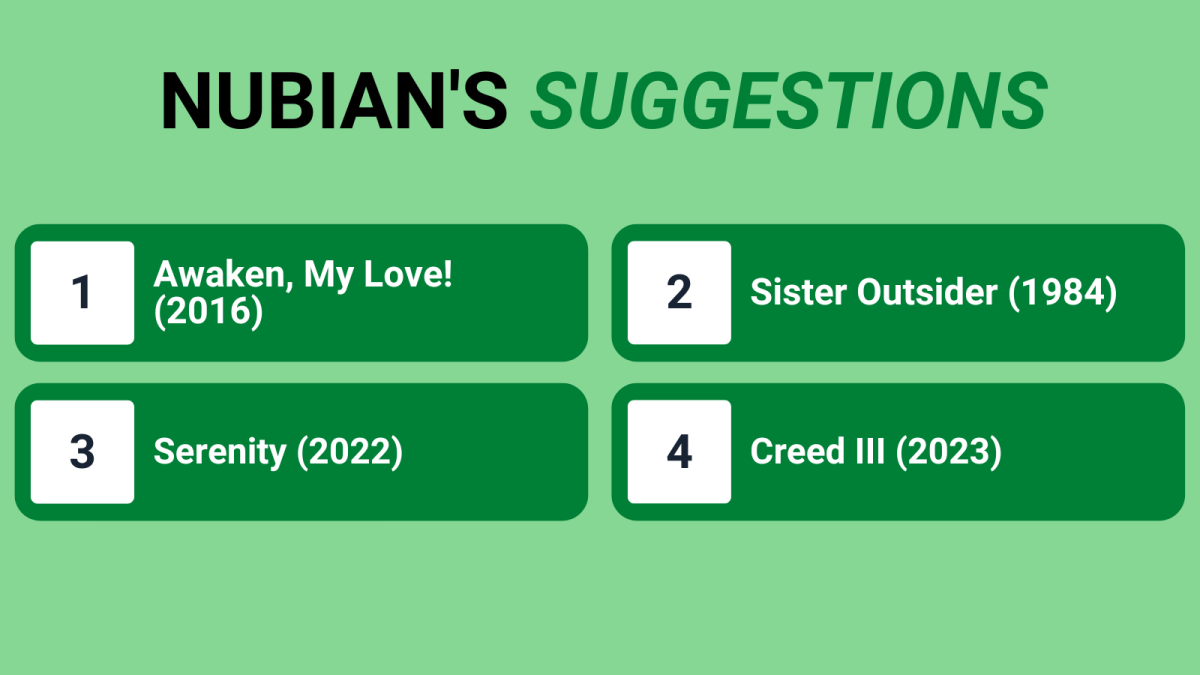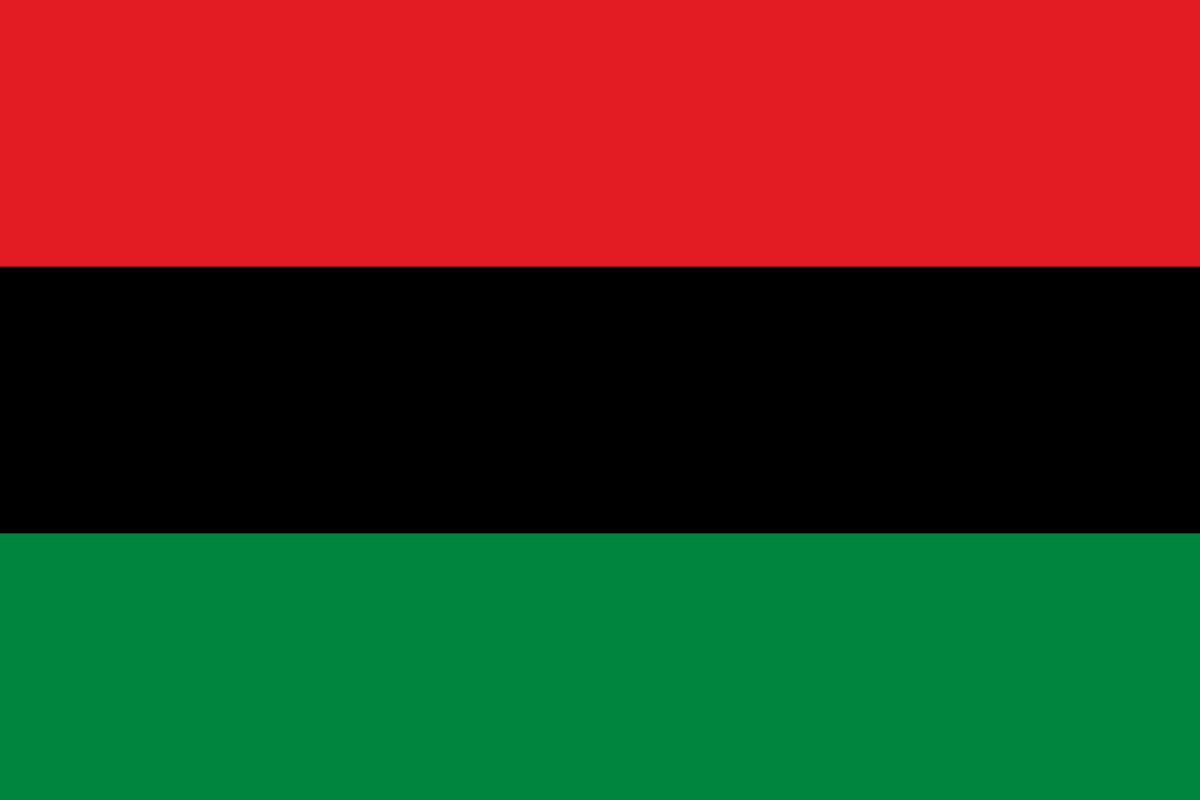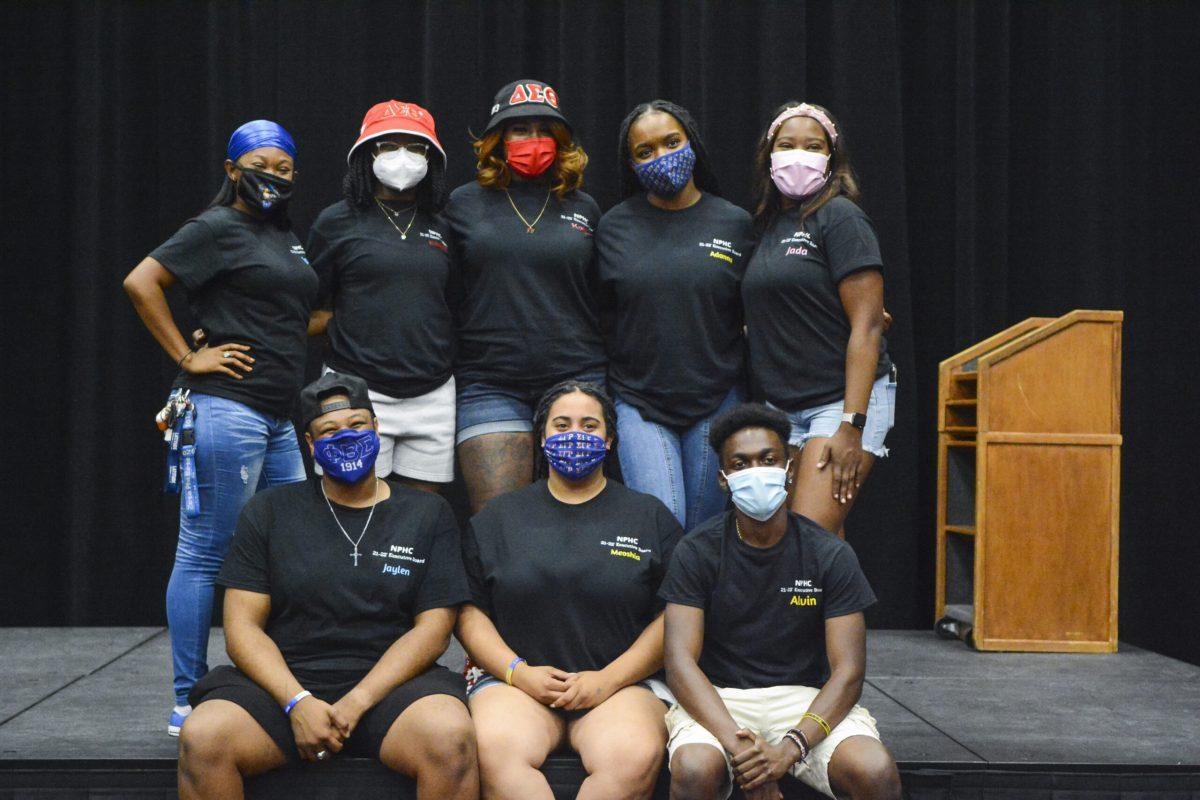
Christopher Lynn | Staff Writer
The First Flight Hits Turbulence
When David Stern commissioned his first NBA Draft in 1984, little did he know that his words, “The Chicago Bulls pick Michael Jordan, from the University of North Carolina,” would be the introduction of a legend. While we all know about Michael Jordan and his on-court accolades not everyone is familiar with his off court endeavors. When Jordan left UNC, he wanted to sign with Adidas, not Nike. He described himself as an “Adidas nut,” and told his agent that if Adidas offered him a good deal, he’d sign with them. Evidently, it wasn’t a good deal, which was surely Adidas’ loss. The rest, as they say, is history.
Though Nike offered Jordan the better deal, he was not certain if that was indeed the place for him. When Nike first displayed the designs of the black and red Jordan I’s (the premiere Jordan sneaker), he kindly answered, “I can’t wear that shoe, those are the Devil colors.” As a UNC alumnus, Jordan wasn’t too enthusiastic about donning the colors of rival school N.C. State, even though it was for his new NBA look. The Jordan I’s were almost a no-go not only because of Jordan’s uneasiness about wearing the colors black and red, but also because the NBA “banned” the signature model shoes. At a time when white shoes ran rampant in the league, Nike flipped the script by creating a mostly black shoe. Jordan ignored the ban and donned his black and red shoes on the court, which resulted in fines, which Nike gladly paid for the exposure of the shoes.
A fresh-faced rookie, Jordan was also skeptical that anyone would buy his sneakers at the steep retail price of $65. However, as he rose to superstardom in the NBA, Jordan’s first shoe hit stores, where they flew off the shelves.
With the great success of the Jordan I came the Jordan, or Air Jordan II. The Air Jordan II was Nike’s first shoe not to have its famous swoosh sign anywhere on the shoe. Though it was a bold mo
ve, this decision sparked an epidemic where aesthetics, and not necessarily branding, was the primary goal. Inspired by a 19th century women’s boot, the Jordan II was the only Air Jordan made in Italy. Modeled with lizard skin, they introduced luxury to basketballs courts around the world.
Iffy about signing a contract with Nike from the jump, after designers Peter Moore and Rob Strasser left his design team in 1987, he thought about jumping ship as well — his basic deal expired in 1988. Ultimately, a rookie designer by the name of Tinker Hatfield incorporated elephant print and the Moore-conceived Jumpman logo on the Air Jordan III. This design convinced Jordan to stay
with Nike.
The Air Jordan III should be everyone’s favorite shoe. Beyond all the aesthetic reasons, the Jordan III probably holds the most sentimental value of any Jordan to date.
Revamp of the Retro
Holding such sentiment, III’s are very popular among shoe enthusiasts, new and old. There is a never-ending talk about the “good ol’ days” for old sneaker heads. This is because a few years ago the challenge was about having enough money to buy the shoes one wanted, never about sneakers being sold out. Even though retros ( replications of sneakers from a previous era) began creating a sm
all buzz in 1999 and 2000, most of the time you were still able to get a pair..
In 2001, all of that began to change when, for the first time, going to your usual sneaker spot a week or two after a release left you empty-handed. Many people began more frequently hearing, “Sorry, we’re sold out.”
Ever since then, the tendency of an Air Jordan to be sold out within days, or even hours, has steadily risen. To alleviate the pain of their shoe possibly being sold out, some people began campi
ng out in front of stores hours, sometimes days, ahead of time. Camping out was a civilized and seemingly fair trade of someone’s time in exchange for shoes. That held true until about December of 2009, with the release of the anticipated Space Jam XI’s. Stores began being burglarized and small-scale riots occurred.
Christmas Chaos
In 2010, the sneaker game had a severe case of deja vu. With the Cool Grey XI’s upcoming release, the holiday madness came roaring again. First making waves in March of 2001, chaos erupted everywhere when the Cool Grey XI’s released. News stations across the globe were busy reporting riots and robberies as the general public went into a frenzy trying to get their hands on a pair of these sought after shoes. Fast forward almost ten years later, and seemingly the nation is caught within the twilight zone.
Though there have been a couple riots over the past decade, nothing will top the winter of 2011. The infamous shoe known as the Concord XI’s dropped that cold, Friday, December 23rd. I’ve hear
d of riots, and robberies, but never had I seen police escort someone to their car immediately after buying a shoe. There was so much hype around this shoe, people feared for their safety walking from the store to their car alone with this particular shoe in hand. There were numerous news reports surrounding this release. Shots rang out at a Richmond, C.A. mall, as reported by the Contra Costa Times. The Baltimore Sun reported that four people were arrested in an Atlanta mall, and there were even reports that two toddlers were left in a car while their mother went to purchase her shoes, which lead to police bashing in the window to get them to safety. Never before had the sneaker community seen such madness, much of which was spawned by “hypebeasts.”
“Hypebeasts we know about you- don’t buy shoes unless they popular.” – T. Jame$
Not a word to be thrown around loosely, this word is used to describe people whose actions bring about shame to the sneaker community.
According to UrbanDictionary, a hypebeast is, “slang for someone who is a beast (obsessed) about the hype (in fashion), and will do whatever it takes to obtain that desired hype.” Usually campouts last for a couple hours, but with the release of the Concord’s, people started camping that Wednesday for a Friday release. Tents, air mattresses, and even generators were used to power electronics.
Talk about doing whatever it takes.
This zeal does not conform itself to just one race of people, oh no. The stigma of a hypebeast breaks all color barriers. Michael Jordan is like the Martin Luther King, Jr. of the Hypebeast Movement. Sure the large majority of Air Jordan consumers are African-American, but I’ll be damned if I don’t see little white and Asian kids waiting outside of Footlocker on any given Saturday. Not a lot of whites or Asians need to camp out, seeing as how they can afford resell mark-up.
According to a 2006 US Census Bureau chart, 27 percent of Asian households make more than $100,000 a year, 18 percent of white households make over $100,000 year, while Hispanics and Blacks together only total 17 percent of the population.
I will gladly dish out my $170.80, and not a penny more. This is not the case for some whites and Asians. While on a trip to New York, I visited a popular sneaker store called Flight Club.
While there, I saw numerous whites pay $260 for a $95 sneaker, or better yet, $550 for a $160 sneaker. I’m not saying African-Americans don’t have the ability to do this also, I’m just saying we do it less frequently.
Some of the blame lies within the media’s portrayal of sneaker culture. In one specific ABC News report, I remember thinking, “Why show the nearly thousand person crowd of all races, but interview the black girl with the horrible, blonde lacefront?” This happened in the Queens Central Mall in Queens, N.Y. I was mad, but it was for two reasons. The first reason was that they chose to interview this particular young lady, asking her why she was purchase the sneakers. The second reason was the answer she gave: “Guys like it, but girls like it, too. I like sneakers; I’m a sneakerhead.” “…and you’ll be willing to pay $200 for some sneakers ?”
“Yes. If you want to look good.”
This girl was risking her safety and spending her money to “look good.” She did this, not because she respects, loves, or reveres the sneaker, but to look good. Jordans are the p
opular thing nowadays, and hypebeasts solely base their purchases to “look good.”
Swindled by the Swoosh
Michael Jordan and the Jordan brand know exactly what they are doing. They know there is a very high demand for Jordan products, yet keep the supply relatively low. High deman
d, low supply means higher market shares. Marketing is key. Jordan gives celebrities free shoes as a way of letting the public know shoes are releasing soon. People want to look like their favorite celebrities, so they spend their hard earned money to be just like them. A couple hundred pair of shoes for free advertisement equates to tens of thousands of retail sales. Not to mention cheap
, outsourced labor to cut down costs, which even some sneakerheads are noticing.
According to Kelly Darden, an N.C. State student, “Nowadays, people get ripped off by the Jordan Brand: higher prices for lower quality shoes.” Dardent thinks sneaker enthusiast should consider wearing different brands of sneakers, other than Nikes. “It makes more sense to buy a pair of LeBron’s or KD’s because they’re the OGs. It’s just like buying Jordans when they are first released.”
Unfortunately, a lot of people don’t see it like this. I even fall victim sometimes. I get home to notice paint running, loose stitching, and even creases, but the bond is too strong to just stop buying. Brand and customer loyalty runs deep within the sneaker community and with the Jordan brand specifically. At one point and time in our lives, we all wanted to be and fly like Mike. Nowadays, we seem to want to be fly, in spite of Mike.
In the words of fellow Greatest of All Time (G.O.A.T.) Jay-Z, Michael Jordan “is not a businessman; he’s a business, man.”





